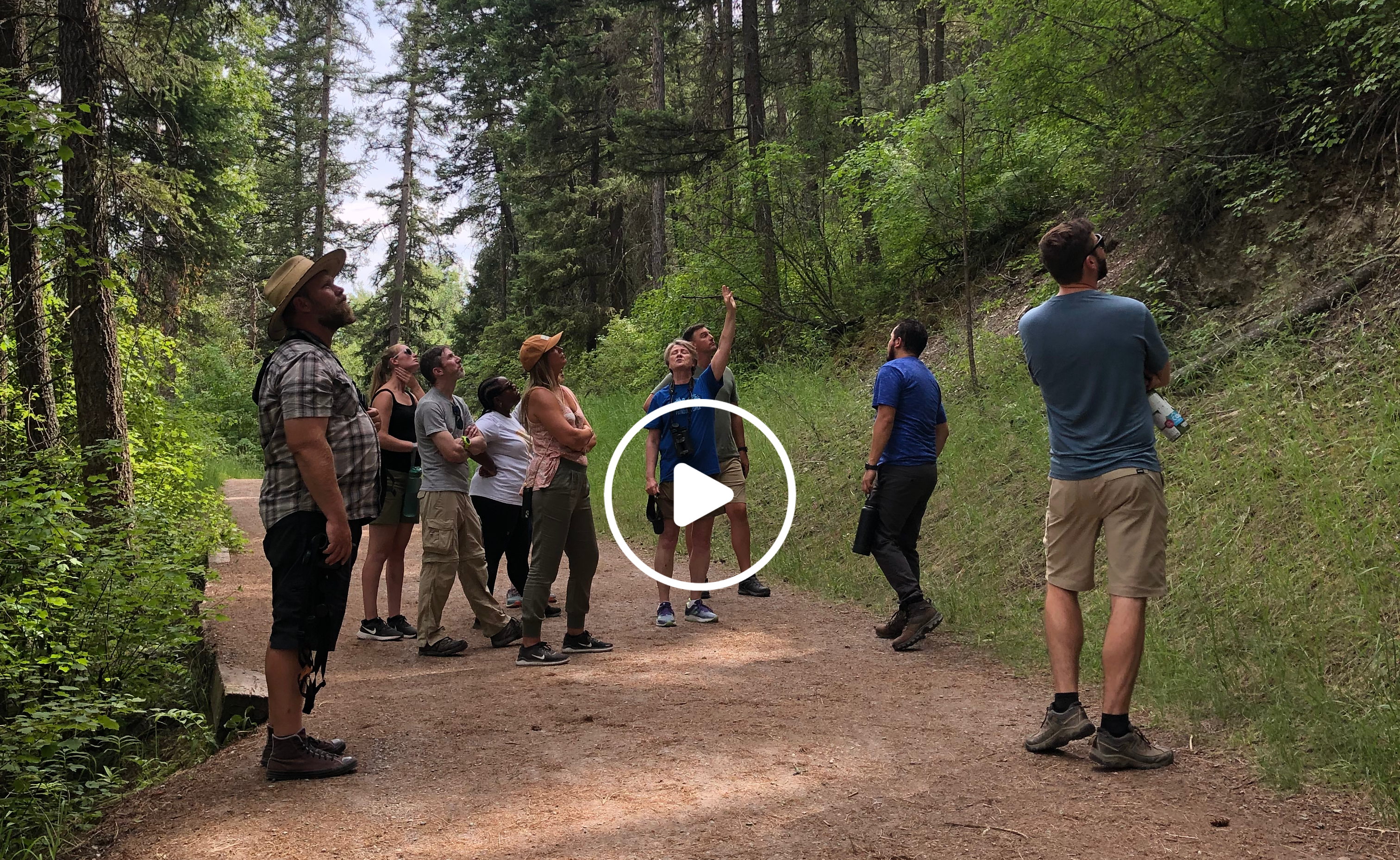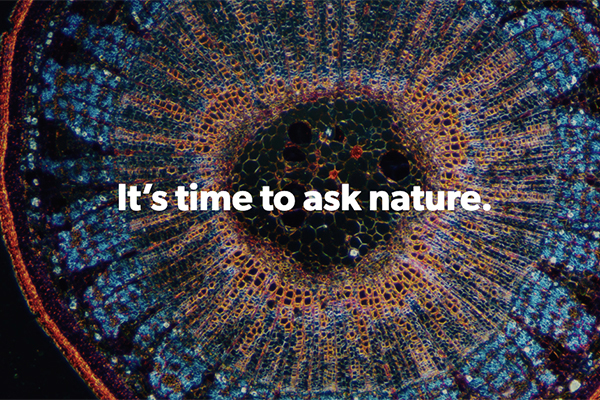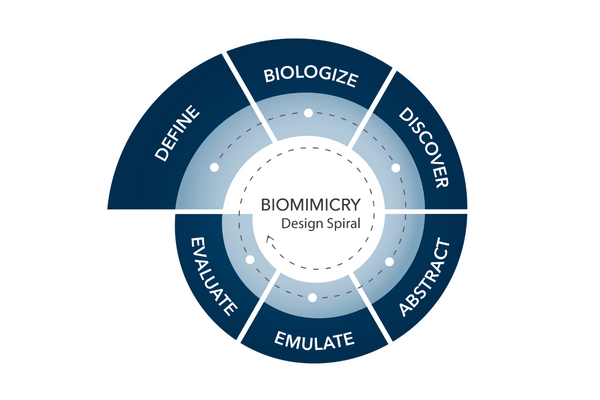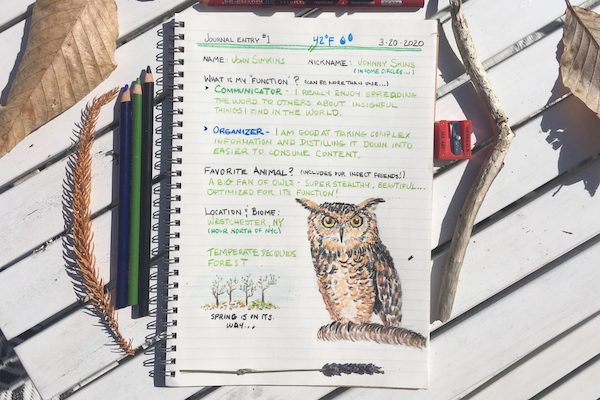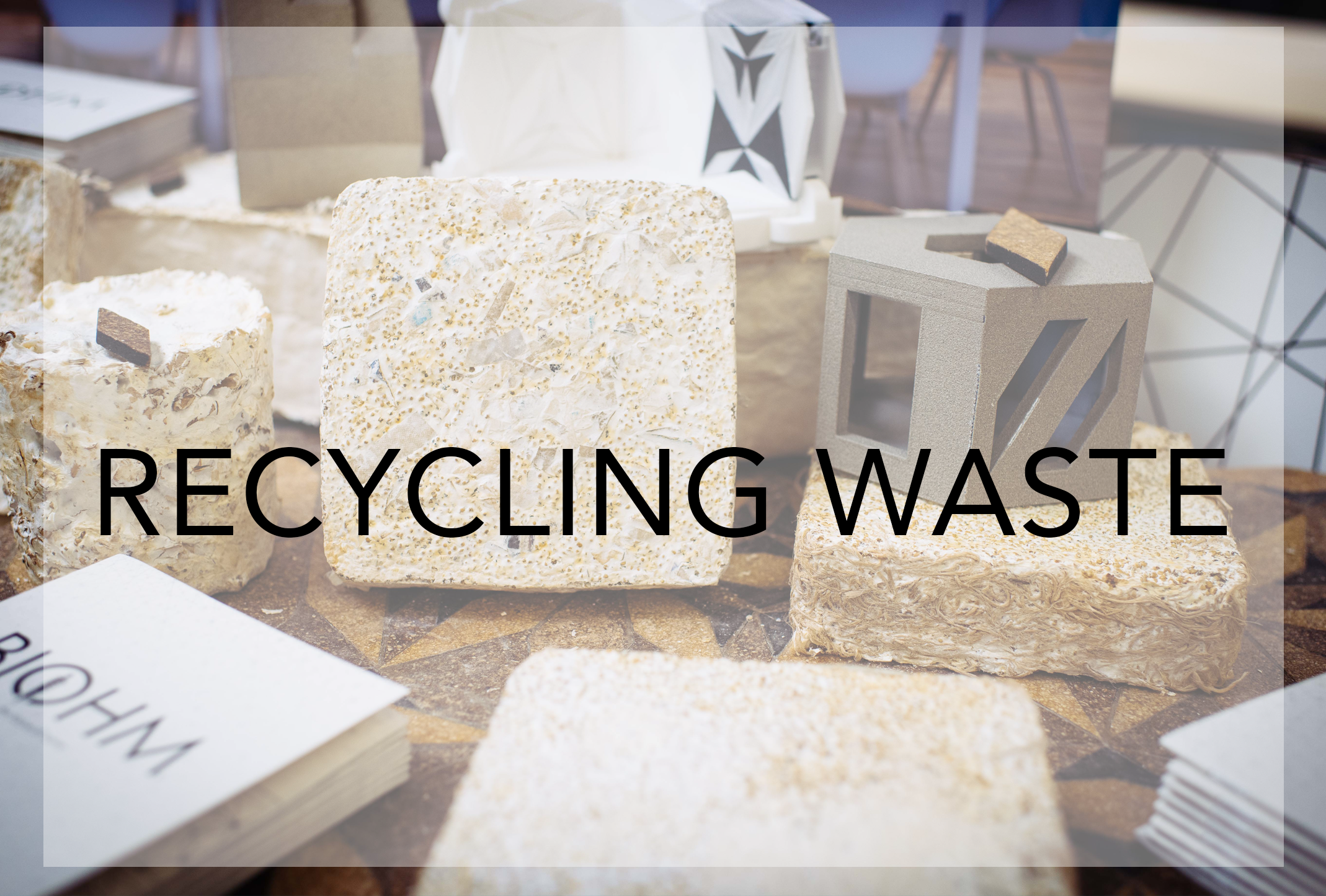Biomimicry is a practice that learns from and mimics the strategies found in nature to solve human design challenges—and find hope.
For all the challenges we face, nature has a solution.
Biomimicry offers an empathetic, interconnected understanding of how life works and ultimately where we fit in. It is a practice that learns from and mimics the strategies used by species alive today. After billions years of research and development, failures are fossils, and what remains hold the secret to our survival. The goal is to create products, processes, and systems—new ways of living—that solve our greatest design challenges sustainably and in solidarity with all life on earth. We can use biomimicry to not only learn from nature’s wisdom, but also heal ourselves—and this planet—in the process.
Biomimicry provides the blueprints that can be adapted across context, industries, and be scalable to address the needs. See examples of biomimicry in action.
Biomimicry is about valuing nature for what we can learn, not what we can extract, harvest, or domesticate. In the process, we learn about ourselves, our purpose, and our connection to each other and our home on earth.
When translating nature’s strategies into design, the science of the practice involves three essential elements: Emulate, Ethos, and (Re)Connect. These three components are infused in every aspect of biomimicry and represent these core values at its essence.
Emulate
The scientific, research-based practice of learning from and then replicating nature’s forms, processes, and ecosystems to create more regenerative designs.
Ethos
The philosophy of understanding how life works and creating designs that continuously support and create conditions conducive to life.
(Re)Connect
The concept that we are nature and find value in connecting to our place on Earth as part of life’s interconnected systems. (Re)Connect as a practice encourages us to observe and spend time in nature to understand how life works so that we may have a better ethos to emulate biological strategies in our designs.
Why learn from nature?
We have the innate potential to create a world that is harmonious, regenerative, and supports the well-being of all Life. As a young species, we are fortunate enough to have guidance to help us rise to this challenge. Our planet-mates, the fantastic meshwork of plants, animals, and microbes, have done billions of years of research and development. By infusing biological strategies in design, we can transform sustainable innovation.
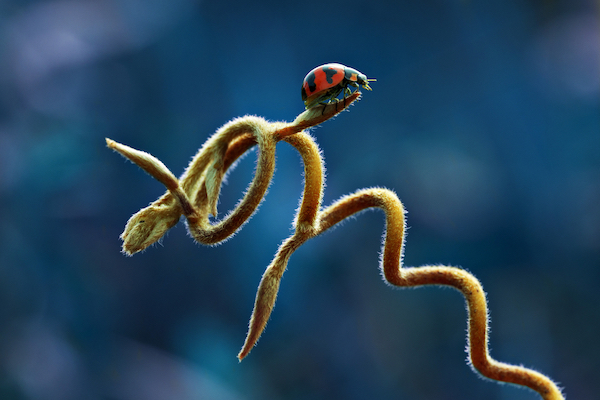
Biomimicry brings relief.
We’re stressed. Our planet is stressed. Many are losing hope for solving the climate crisis and its many negative effects on ecosystems across the world. Biomimicry gives us hope, because we know the solutions are here, accessible, and validated by the many species contributing to their ecosystems today. By using nature as our mentor, we experience the powerful healing effects it has by connecting to the natural world—while also finding empowering relief to solve these challenges together.

Biomimicry gets us to sustainable solutions, faster.
Our R&D cycles are slow, and climate change won’t wait—we must look to the biological blueprints that have been successful over millennia to launch groundbreaking ideas, faster. We don’t need to reinvent the strategies that are already here. We just need to learn how to adapt them. We believe the next generation wants to help solve these problems—they don’t just want to protest. We can equip learners of all ages to see science as a vehicle for addressing access and equity, building literacy and mathematical skills, and for sense-making about their place in the world.

Biomimicry is generous.
Circularity, sustainability, regenerative design—it means that the things we humans make become a force for restoring air, water, and soil instead of degrading it. Nature uses structure to perform functions and passive forms of energy, whereas our inventions have typically used brute force, like mining ancient carbon and harmful chemicals. We can create conditions conducive to life, just like nature does. Everything we do must model how nature offers reciprocity and abundance for a diversity of life to flourish.

Biomimicry changes the lens in which we view the world.
Innovators turn to biomimicry with the hope of achieving a unique product that is efficient and effective, but they often gain a deep appreciation of and connection to the natural world. Biomimicry encourages conservation for ecosystems and its inhabitants, because they hold the knowledge we need to survive and thrive. When we view the world as deeply interconnected, we gain empathy and better knowledge on how to make decisions that invites a global collaboration that supports the future of all species.
What isn’t biomimicry?
Biomimicry is one type of bioinspired design, but not all bioinspired design is biomimicry.

Within the family of bioinspired design, a common misunderstanding that we encounter is mistaking biomorphism for biomimicry. Biomorphism refers to designs that visually resemble elements from life (they “look like” nature), whereas biomimetic designs focus on function (they “work like” nature). Biomorphic designs can be very beautiful and beneficial, in part because humans have a natural affinity for nature and natural forms. But it’s important to realize that “looking like” nature is not a reliable indicator of biomimetic design because a biomimetic design might or might not look anything like the organisms that inspired it. Rather, the important indicator is function.
A similar point of confusion occurs between bioutilization and biomimicry. Bioutilization refers to the use of biological material or living organisms in a design or technology. For example, using trees as a material (wood) for furniture or a living wall of plants to help clean the air in an office building is bioutilization. Bioutilization can be beneficial—organisms can do a lot of things we can’t—and biomimetic designs sometimes incorporate bioutilization for this reason. However, just because a designer consults a living organism for a solution to a problem or uses a natural material, it does not mean the design is biomimetic. The distinctive feature of biomimicry is the study and emulation of functional strategies to create sustainable solutions that also embody the (re)connect and ethos elements.
Read more about differentiating biomimicry from other similar disciplines here:
- Bio-Inspired Buzzwords: Biomimicry and Biomimetics by Denise DeLuca
- Biomimicry, Bioutilization, Biomorphism: The Opportunities of Bioinspired Design by Allison Bernett
Go Further Into Biomimicry
AskNature
Discover nature’s solutions and genius through books, articles, videos, lesson plans, groups, training programs, and more, and the ideas they’ve inspired with this powerful, free online tool.
Biomimicry Toolbox
This free resource introduces a set of biomimicry tools and core concepts that can help problem-solvers from any discipline begin to incorporate insights from nature into their solutions.
Biomimicry Solutions
Explore solutions inspired by nature, including water, energy, agricultural, public health, and carbon capture solutions, developed by current and past program participants.
30 Days of Reconnection
What might you learn after 30 days of observing and learning from the natural world? Explore some of our favorite biomimicry activities that can be done virtually or outside in nature.
Biomimicry Examples in the Marketplace
GreenPod Labs
Nature Inspired Solutions to Minimize Food Waste.
Aquammodate
Enabling Precision Recovery of Resources from Nature.
We will use the information to be in touch with you via email. You can change your mind at any time by clicking the unsubscribe link in the footer of any message you receive from us. Learn more about our privacy practices here.
Support the Next Generation
of Nature-Inspired Innovators
Imagine a world where everything we make is inspired by the natural world. By supporting the Biomimicry Institute you:
- Help bring biomimicry education to more students and educators
- Accelerate the growth of more nature-inspired startups and entrepreneurs
- Increase the number of biological strategies and resources on AskNature.org and across our entire organization.

